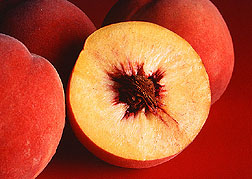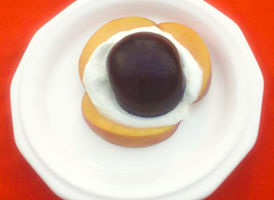 CDC publishes annual summaries of domestic foodborne disease outbreaks based on reports provided by state, local, and territorial health departments. These summaries help public health practitioners better understand the pathogens, foods, settings, and contributing factors (for example, food not kept at the right temperature) involved in these outbreaks. They also can help identify emerging foodborne disease threats and can be used to inform and to assess interventions aimed at preventing outbreaks.
CDC publishes annual summaries of domestic foodborne disease outbreaks based on reports provided by state, local, and territorial health departments. These summaries help public health practitioners better understand the pathogens, foods, settings, and contributing factors (for example, food not kept at the right temperature) involved in these outbreaks. They also can help identify emerging foodborne disease threats and can be used to inform and to assess interventions aimed at preventing outbreaks.
In 2015, 902 foodborne disease outbreaks were reported, resulting in 15,202 illnesses, 950 hospitalizations, 15 deaths, and 20 food recalls. Norovirus and Salmonella were linked to 443 outbreaks.
Learn more about this report at www.cdc.gov/foodsafety/fdoss/data/annual-summaries/index.html.




